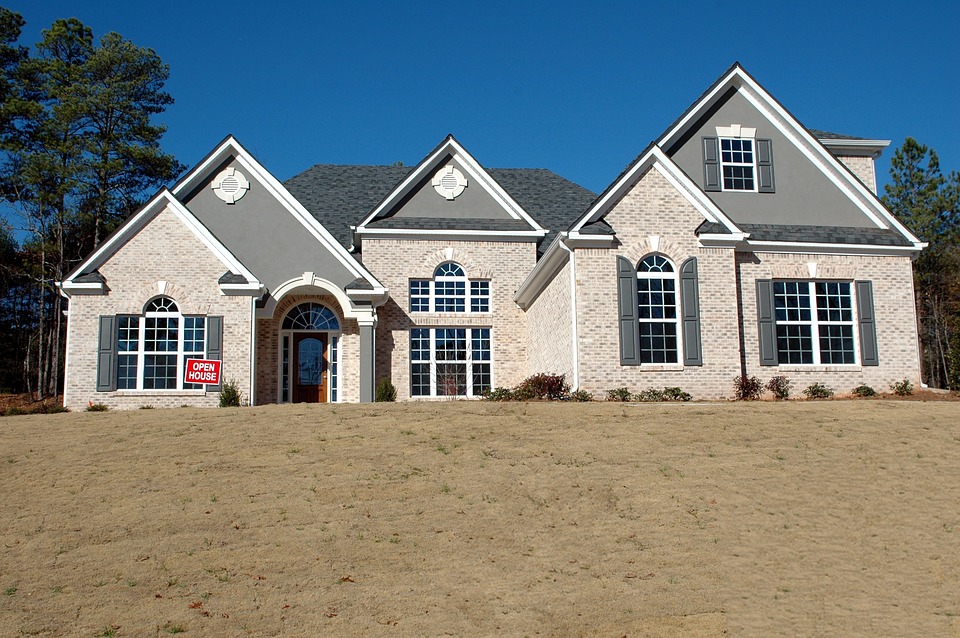As companies continue to provide newer prefabricated construction methods for different budgets, the popularity of prefabrication has increased many folds in the past few years, and due to its numerous benefits, it is only expected to continue to grow in the future. If you have a construction project lined up, the following reasons are enough to convince you to choose prefabricated construction methods.
Crucial Reasons To Choose Prefabricated Construction Methods:
It’s convenient
You can check this company’s website to assess prefabricated construction materials built in controlled environments by skilled professionals, and that is why they are of a uniform quality, which makes the assembly of these materials less time-consuming. On the other hand, structures built on the construction site may vary according to the skills of the contractor. Also, since most of the structures are completed in the factory itself, fewer materials need to be transported to the construction site, which means there is less hassle, and since there is no heavy machinery involved, there are fewer disruptions for the neighbors.
It’s time-saving
When compared to traditional construction, prefabricated construction takes less than half the time required than the latter one due to many reasons like upfront planning and contractor delays. Also, there is hardly any effect of the prevailing weather conditions, which even paces up the construction. Moreover, prefabrication allows the contractor to construct a number of structures simultaneously. Therefore, you can get your building ready in a very short time period.
It’s high-quality
As mentioned above, prefabricated construction materials are manufactured in a controlled atmospheric environment using dry materials. This, along with the air-filtration, makes them resistant to any issues that might arise in the future due to moisture or weather. Also, there are few chances of any mistakes in the measurements as all these factory-made prefabricated materials are of standard size and high-quality. This kind of quality control is not possible in on-site construction.
It’s economical
People generally believe custom made pieces to be more expensive than those used in traditional construction. However, this is not the case. The financial savings are, in fact, the most significant advantage of prefabrication. You can easily find a modular construction that is affordable and fits into your budget. Also, by saving the construction time, you can significantly cut the cost of the project. Cost also gets reduced as there is comparatively less amount of waste generated. Exposed construction-sites are also vulnerable to material thefts and losses. Prefabrication eliminates such possibilities.
It’s eco-friendly
Modular construction is much more energy-efficient and sustainable as compared to the traditional one as in the latter one, the on-site mixing and building of materials generate enormous amounts of waste. This waste is a mix of materials that can’t be separated and used for any other projects, and thus, rather than being recycled, it is sent to the landfills. On the other hand, the waste generated by prefabrication in the factories is recycled in-house. The standard quality and measurements make these materials more energy-efficient, thus sustainable.
Read Also:






















